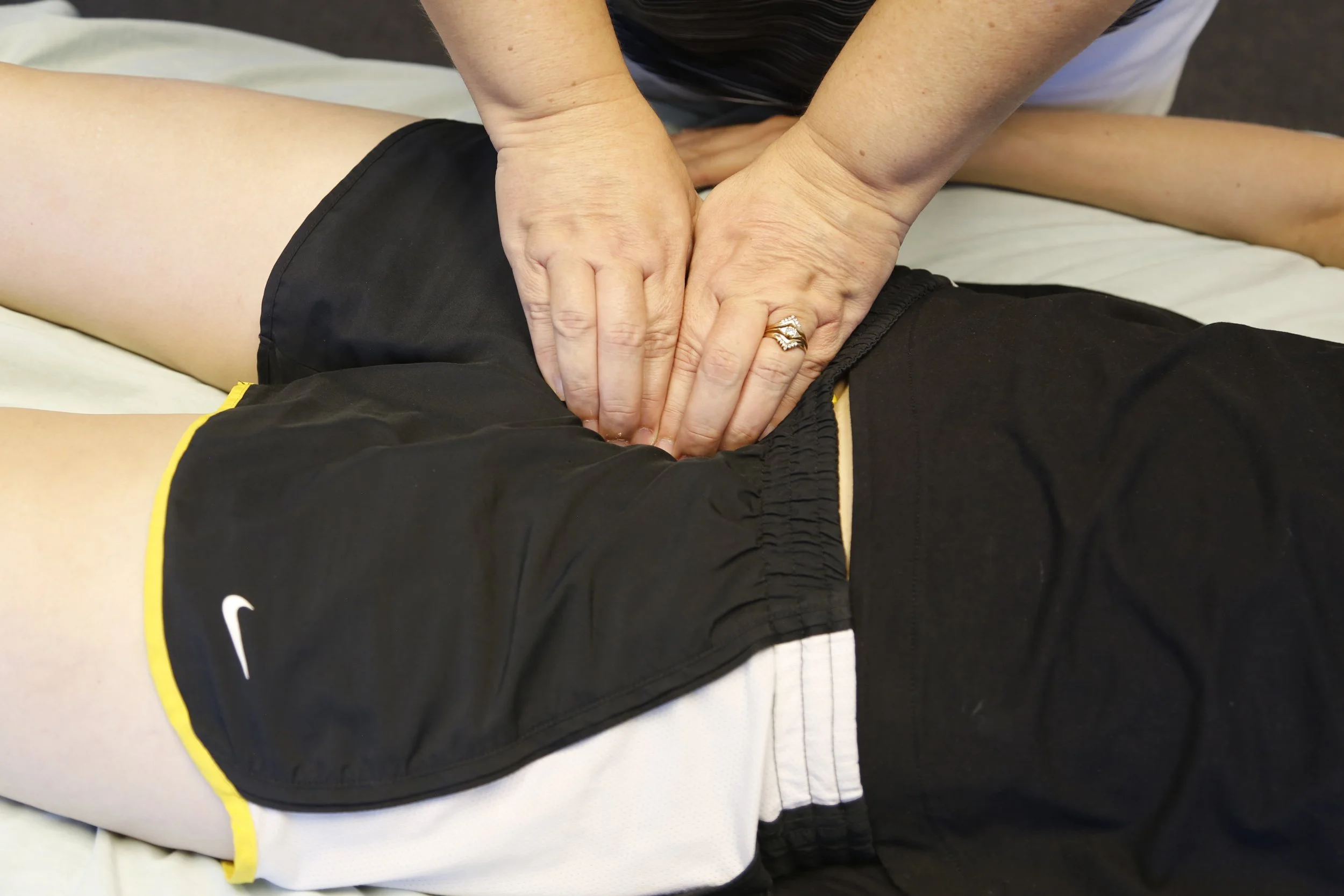

Visceral manipulation to treat frequent urination?
Visceral manipulation sounds harsh. Why wouldn't it? It sounds like somebody would be doing some sort of chiropractic manipulation to your organs. Before we can go into what visceral manipulation is we need to look at anatomy.
The organs are surrounded by connective tissue and attached to the skeleton by ligaments. The heart, for example, is surrounded by the pericardium. The pericardium is a sack of connective tissue. The pericardium is then connected to the sternum in front of it by ligaments. It is attached to the diaphragm below it by ligaments, and it is attached to the vertebrae by ligaments. The lungs are surrounded by pleura, which again is connective tissue. The inner aspect of the ribs are also surrounded by another layer of pleura. These two layers allow the lungs to inflate and glide without catching on the ribs.
The uterus is also surrounded by connective tissue. It has ligaments that support it in all directions from the pubic bone in the front to the sacrum in the back and the sides of the pelvis. The uterus sits on top of the bladder, which also is surrounded by connective tissue. The bladder has ligaments that attach it to the pubic bone in the front and there are also ligaments attach it all the way to the sacrum in the back. As the bladder fills with urine it expands, and the uterus above it needs to move as well. If that connective tissue or ligaments around the bladder or uterus is too tight, the bladder will be giving signals saying that it is full and needs to be emptied when there is not much urine in it yet.
Another example would be in the shoulder, tight ligaments may impede the range of motion of the arm. As a physical therapist (PT), I may work on the ligaments and tight connective tissue in the shoulder to improve the range of motion of the shoulder. And this is exactly what I would do to work on the lungs or the heart.
The same goes for the bladder if someone came to me and they were complaining that they need to pee far more often than they feel they should, and yet when they go there is not a lot of urine there. I would look at the connective tissue around the bladder to check for its mobility. I would look at the connective tissue around the uterus to see if it was preventing the bladder from being able to fill properly. I would make sure that the ligaments that attach the bladder to the pelvis are mobile and I would make sure that the motion of the bladder in all directions is normal. I would also assess the connective tissue around the small intestines (peritoneum) to ensure that it is mobile and is not pressing on the bladder.
This is what visceral manipulation is. It is working with the ligaments and connective tissue that surround and support the internal organs just as we would work on the ligaments and connective tissue that surrounds a joint.




